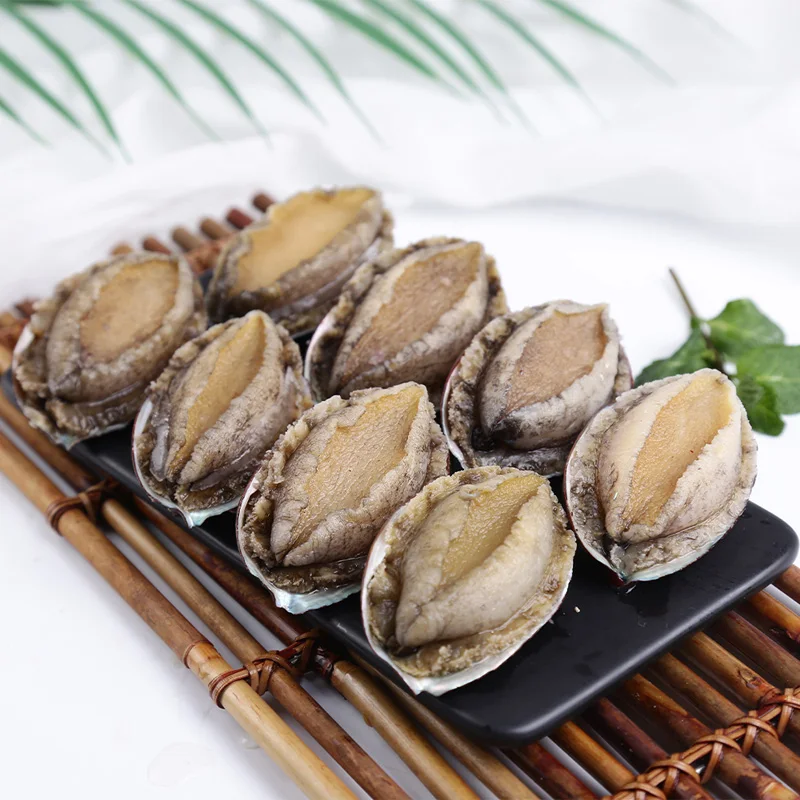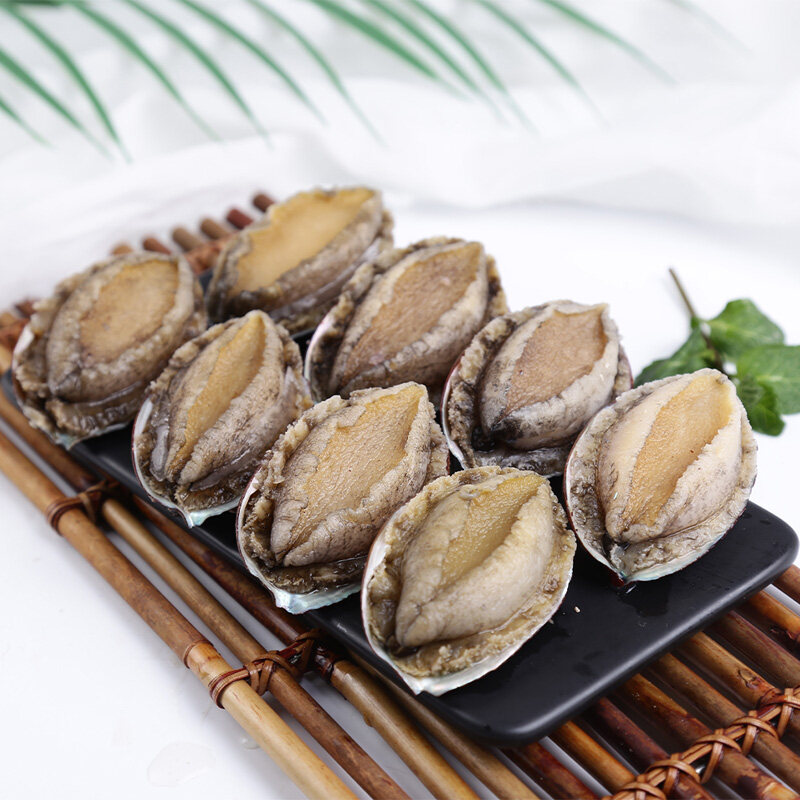Email cannot be empty
Password cannot be empty
Email format error
Email cannot be empty
Email already exists
6-20 characters(letters plus numbers only)
The password is inconsistent
Email format error
Email cannot be empty
Email does not exist
6-20 characters(letters plus numbers only)
The password is inconsistent


Exploring the Fascinating World of Abalone with Shell: A Marine Treasure
When we think of the ocean's hidden treasures, our minds often drift to images of pearls, coral reefs, or perhaps even the mysterious deep-sea creatures lurking in the abyss. However, one marine gem that frequently goes unnoticed is the abalone, a mollusk with a stunning shell that has captured the fascination of people for centuries. "Abalone with shell" is not just a phrase that describes a sea creature; it symbolizes the convergence of natural beauty, culinary delicacy, and cultural significance.
The Marvel of Abalone with Shell
Abalone, known scientifically as Haliotis, is a type of marine snail. It belongs to the family Haliotidae and is distinguished by its unique ear-shaped shell. The exterior of the shell is often rugged and unassuming, but once cleaned and polished, it reveals an iridescent, rainbow-like sheen that has been prized for its beauty in jewelry and decorative arts. This natural luster comes from the microscopic structure of the shell, which reflects light in a way that creates a spectrum of colors.
But what exactly makes the "abalone with shell" so special? To truly appreciate this marine marvel, we need to dive deeper into its biology, habitat, and the cultural roles it has played throughout history.
The Biology of Abalone
Abalones are gastropods, a class of mollusks that includes snails and slugs. They are herbivores, primarily grazing on algae that they scrape off rocks using a specialized structure called a radula, which functions like a rasp. Abalones are known for their slow growth rates, with some species taking up to a decade to reach maturity. This slow growth is one reason why abalones are considered such a delicacy; their scarcity makes them a prized catch.
The abalone's shell is made up of calcium carbonate, arranged in a structure known as nacre or mother-of-pearl. This structure is not only beautiful but also incredibly strong, providing the abalone with protection against predators like sea otters, starfish, and even humans. The nacre is laid down in thin, overlapping layers, which is what gives the shell its iridescent quality. When light hits these layers, it bounces back and forth, creating the stunning play of colors that has captivated artists and jewelers for centuries.
Abalone with Shell: A Culinary Delicacy
Beyond its aesthetic appeal, abalone is highly sought after for its culinary value. Abalone with shell is considered a luxury food item in many cultures, especially in East Asia. In places like China, Japan, and Korea, abalone is often featured in high-end restaurants and is a popular ingredient in traditional dishes.
The flavor of abalone is often described as a cross between scallops and clams, with a firm texture that can become tender when properly cooked. Fresh abalone can be eaten raw, thinly sliced as sashimi, or cooked in a variety of ways—grilled, steamed, or even braised. The shell of the abalone is sometimes used as a serving dish, adding a touch of elegance to the dining experience.
In traditional Chinese medicine, abalone is believed to have health benefits, such as improving eyesight and nourishing the body. It is also a symbol of wealth and prosperity, often served during special occasions and banquets. The high demand for abalone in these cultures has led to overfishing in some areas, making wild-caught abalone even more of a luxury.
The Cultural Significance of Abalone with Shell
Abalone has been an important resource for many coastal communities around the world, not just for food, but also for its shells, which have been used in various cultural practices. For example, in Native American cultures along the Pacific coast of North America, abalone shells were used in rituals, as currency, and in jewelry. The Chumash people of California, in particular, are known for their intricate abalone shell inlays in their artwork and tools.
In Maori culture in New Zealand, abalone—known locally as paua—is considered a taonga, or treasure. The shells are used to decorate traditional carvings and are often inlaid into wood to create beautiful patterns. Paua shells are also made into jewelry and other decorative items, prized for their vibrant colors.
In addition to its cultural significance, the abalone with shell has become a symbol of environmental conservation. Due to overfishing, habitat destruction, and climate change, many abalone species are now endangered. This has led to increased efforts to protect and restore abalone populations through sustainable aquaculture and marine protected areas.
Conservation and Sustainability Efforts
As mentioned, the abalone with shell has faced significant threats over the years. Overfishing, illegal poaching, and environmental changes have led to a dramatic decline in abalone populations worldwide. Some species, such as the white abalone, are critically endangered, prompting urgent conservation efforts.
To combat these challenges, various organizations and governments have implemented measures to protect abalone. One of the most successful approaches has been the establishment of marine protected areas (MPAs), where fishing is either restricted or completely prohibited. These areas provide a safe haven for abalones to grow and reproduce, helping to rebuild populations.
Aquaculture, or the farming of abalone, has also become a vital part of conservation efforts. By raising abalone in controlled environments, it is possible to meet the demand for this delicacy without depleting wild populations. In some cases, farm-raised abalones are released into the wild to help repopulate areas where numbers have dwindled.
In addition to these efforts, public awareness campaigns have been launched to educate consumers about the importance of choosing sustainably sourced abalone. Certification programs, such as those run by the Marine Stewardship Council, help guide consumers in making environmentally responsible choices.
The Future of Abalone with Shell
The future of abalone with shell is closely tied to the success of conservation and sustainability efforts. As consumers become more aware of the environmental impact of their food choices, the demand for sustainably sourced abalone is likely to grow. This, in turn, could drive further investment in aquaculture and conservation initiatives.
Moreover, the abalone shell's cultural and artistic value continues to inspire new generations of artists and designers. Whether in traditional crafts or modern jewelry, the iridescent beauty of abalone shells remains a powerful symbol of the ocean's wonders.
In a broader sense, the story of abalone with shell is a reminder of the delicate balance between human consumption and environmental stewardship. It highlights the need for responsible practices that ensure the preservation of marine species for future generations to enjoy.
Conclusion
The abalone with shell is more than just a sea creature; it is a symbol of natural beauty, cultural heritage, and the importance of sustainability. From its shimmering shell that has inspired countless works of art to its status as a culinary delicacy, the abalone occupies a unique place in the hearts of many. As we look to the future, it is our responsibility to ensure that this marine treasure is protected and cherished, so that it can continue to be a source of wonder and inspiration for generations to come.
In the end, the story of abalone with shell is not just about a mollusk with a pretty shell—it's about our relationship with the natural world and the choices we make to protect it. By appreciating and safeguarding the abalone, we are also preserving a piece of our shared cultural and environmental heritage.

